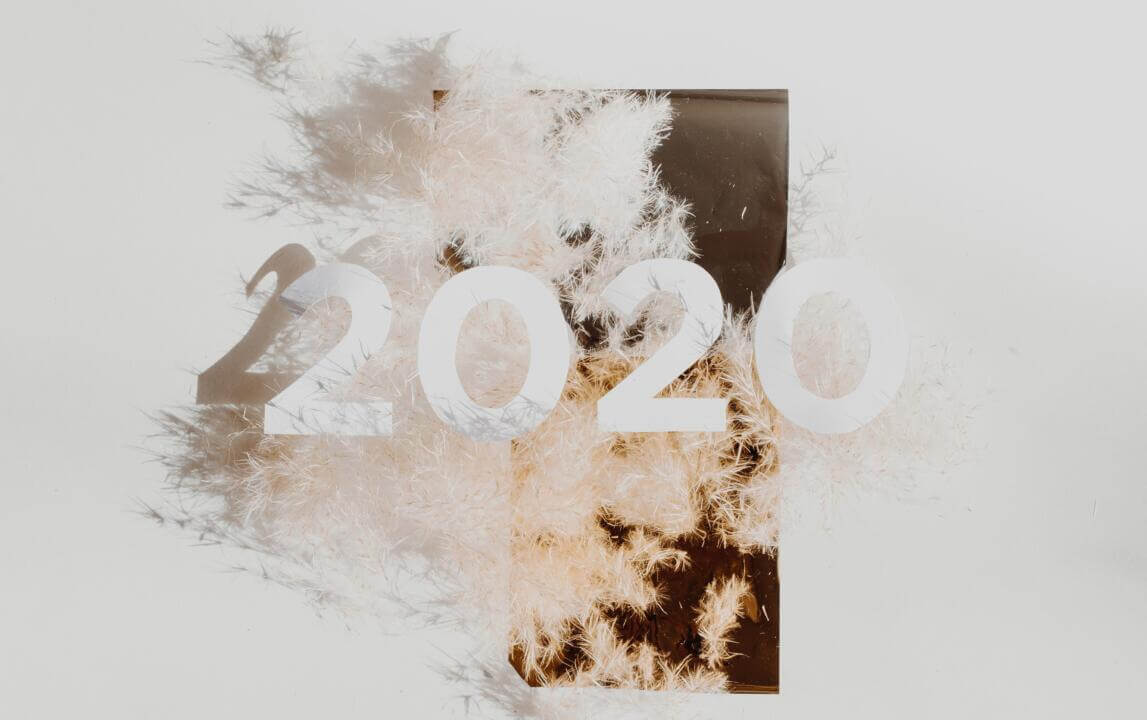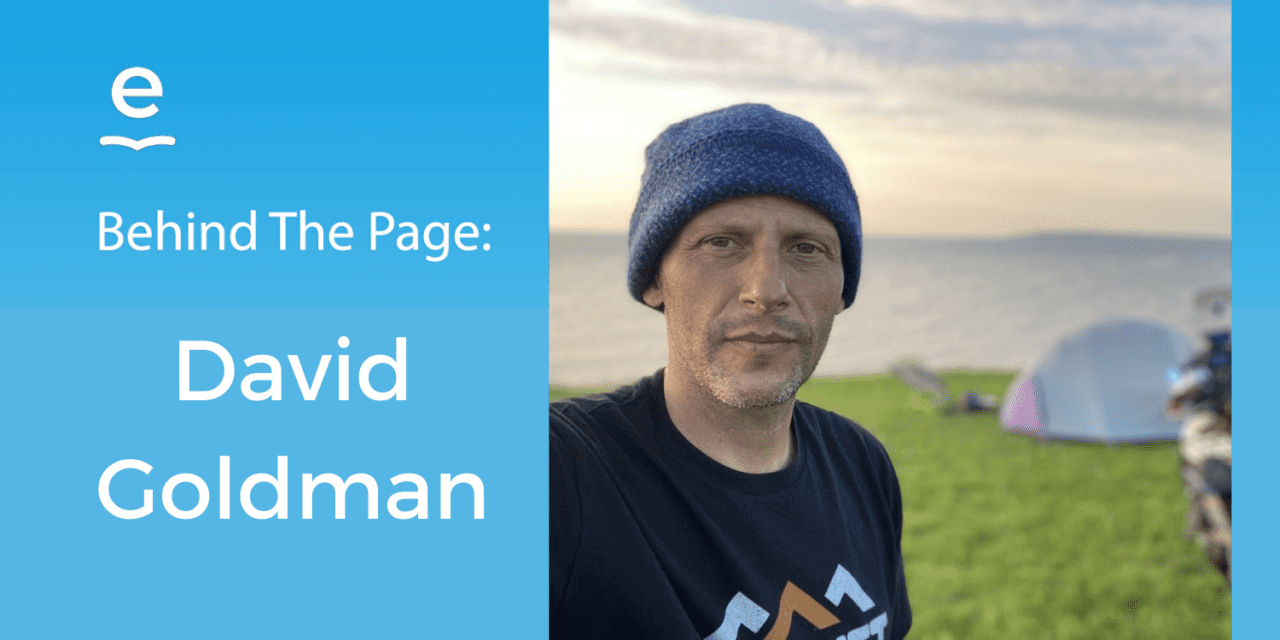As senior news apps developer for the Chicago Tribune, Joe Germuska, a self-described census nerd, couldn’t help but notice patterns as his colleagues waded through 2010 census data. “There are certain things that everybody seems to have to do every time they go to do census work,” Germuska said. Like any curious software developer with a knack for problem-solving, he formed a hypothesis: “Can we do that once and let them start further down the road?”
This seed eventually became Census Reporter, an online tool to help journalists efficiently craft census stories by providing both quick stats and in-depth data analysis. In 2012, Germuska was a Knight News Challenge grantee for Census Reporter. Soon after, he joined Northwestern’s Knight Lab as director of software engineering. Now, as the Lab’s executive director, Germuska leads an interdisciplinary team of faculty, students and professionals to design the future of digital journalism.

Founded in 2011 as a joint initiative of Northwestern’s Medill School of Journalism and its McCormick School of Engineering, the Knight Lab harbors no nostalgia for the bygone days of ad revenue reliance, before technology “corrupted” journalism. “It’s taken a long time for the news industry to realize that its business model was broken, but now it seems really well understood that reader support is the path forward,” Germuska said.
Sounds easy enough. But with so much content vying for reader attention, how can outlets attract and engage audiences? The Knight Lab takes a product thinking approach to journalism’s ongoing crisis of confidence––they’re reimagining how technology can foster connection between journalists and their readers with new devices for crafting and delivering stories.
The Knight Lab is perhaps best known for its array of open-source digital media tools. One example is Medill Professor Zach Wise’s Timeline JS, which creates interactive timelines to tell stories with a distinct chronology. With nothing but a Google spreadsheet, journalists can easily embed these timeline narratives into just about any website––no technical skills required.
Through the Knight Lab’s classes and research programs, students and faculty have collaborated to build other such flexible, embeddable products––Storyline for data narratives, Juxtapose for image comparisons, and Scene for virtual reality stories, to name a few. This suite essentially adheres to what Germuska affectionately calls the “build stuff and throw it over the wall” model––easy-to-use, adaptable tools that can be dispatched to outlets without much trouble.
While that model might work well for lightweight tools like Timeline, it’s not feasible for every idea. The Knight Lab prototyped a product that facilitated basic fact-checking––like names and dates––through Google Docs. In theory, it’d render a service to sparsely staffed local newsrooms. But it exemplifies one of the Knight Lab’s major challenges: developing products that can be integrated into a wide variety of workflows and platforms.
Germuska presented the logistical dilemma: “How many news organizations want to use Google Docs as their content management system? If they don’t, how would we make something fit into all the different content management systems that are out there? That one has sort of sat idle for a couple of years because we don’t really know.”
As the Knight Lab finishes its first decade, Germuska and his team are starting to imagine how the next generation will address some of these challenges. While the Lab’s initial focus was media technology, Germuska explains that their approach has broadened from a product mindset to a design mindset. The goal is to avoid tech solutions that seem groundbreaking but fail to truly address the needs of content creators and consumers.
“More important than technological innovation is process innovation,” Germuska said. “Technology might support that process. But the question is, what is the best way to reach the audience?” Adapting product thinking for the journalism industry means recognizing that media is “much more relational than transactional,” he added. If reader-supported media is journalism’s future, then design thinking is how media outlets might win those readers’ support.
It takes careful research to create a product that genuinely serves journalists and their audiences. That’s what brought Census Reporter to fruition all those years ago––and the work didn’t stop after the prototype. Germuska continues to develop and maintain Census Reporter at the Knight Lab. It’s grown well beyond the original scope, adopted by government officials and planners in addition to journalists. And because Germuska made Census Reporter source code openly available, teams around the world have adapted it to analyze their country’s census data.
Germuska seems encouraged by this: His background as a software developer taught him the value of not reinventing the wheel. He sees this attitude seeping into the media technology space at the Knight Lab and beyond, particularly with the emerging conversation around the importance of building a sustainable digital public infrastructure.
“Media and storytelling have lots to compete on at the content level, so maybe they don’t need to compete so hard at the technology level, especially if everyone’s struggling,” he said. “What can we do to cooperate at one level so we can compete virtuously?”
Grace Adee



